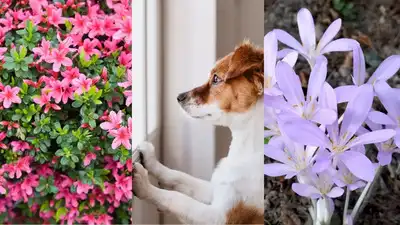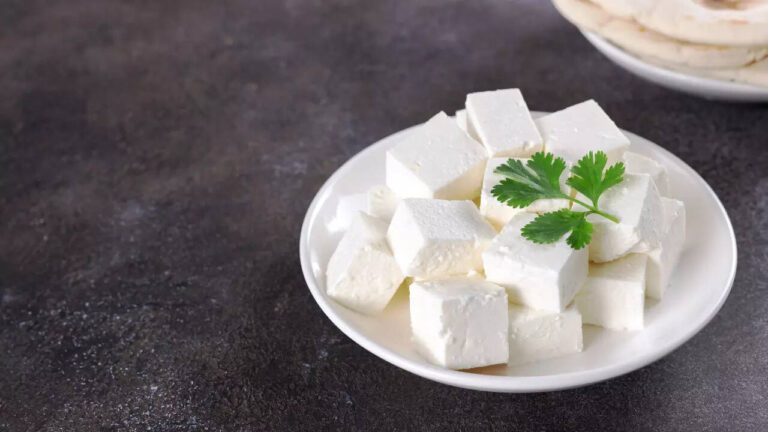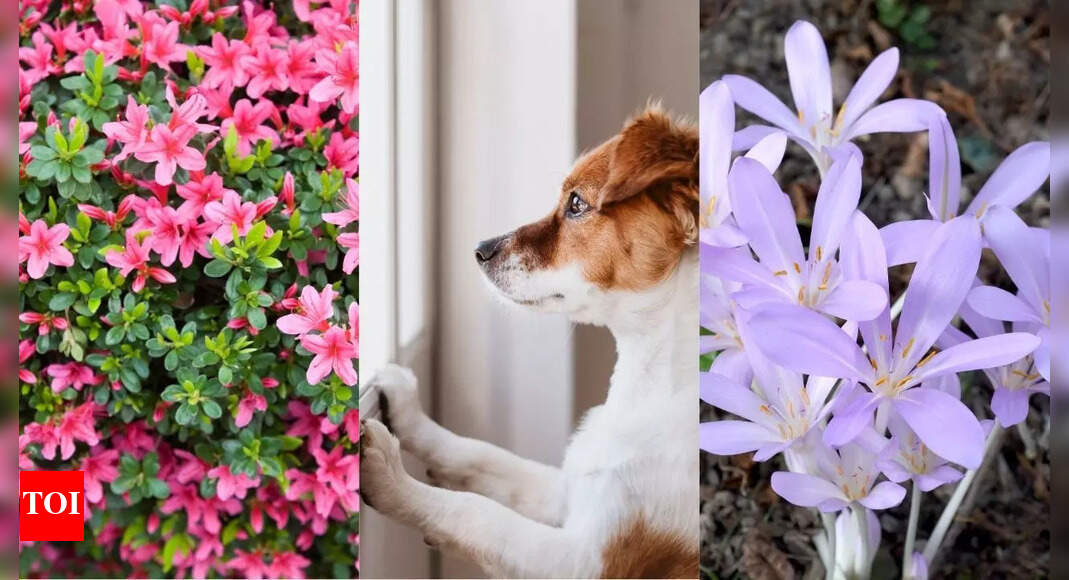
Creating a beautiful garden is a rewarding experience, but if you’re a dog owner, it’s important to consider your pet’s safety. Many common garden plants are toxic to dogs, containing natural compounds that can cause anything from mild digestive issues to serious health problems like liver failure or heart complications. Dogs often explore with their mouths, making accidental exposure to poisonous plants for dogs more likely. A pet-friendly garden focuses on using dog-safe plants, reducing toxic exposure, and creating a secure outdoor space. With mindful planning, you can enjoy a lush landscape that’s both beautiful and safe for your pup.
Toxic plants that could make your dog sick
1. Foxglove (Digitalis purpurea)
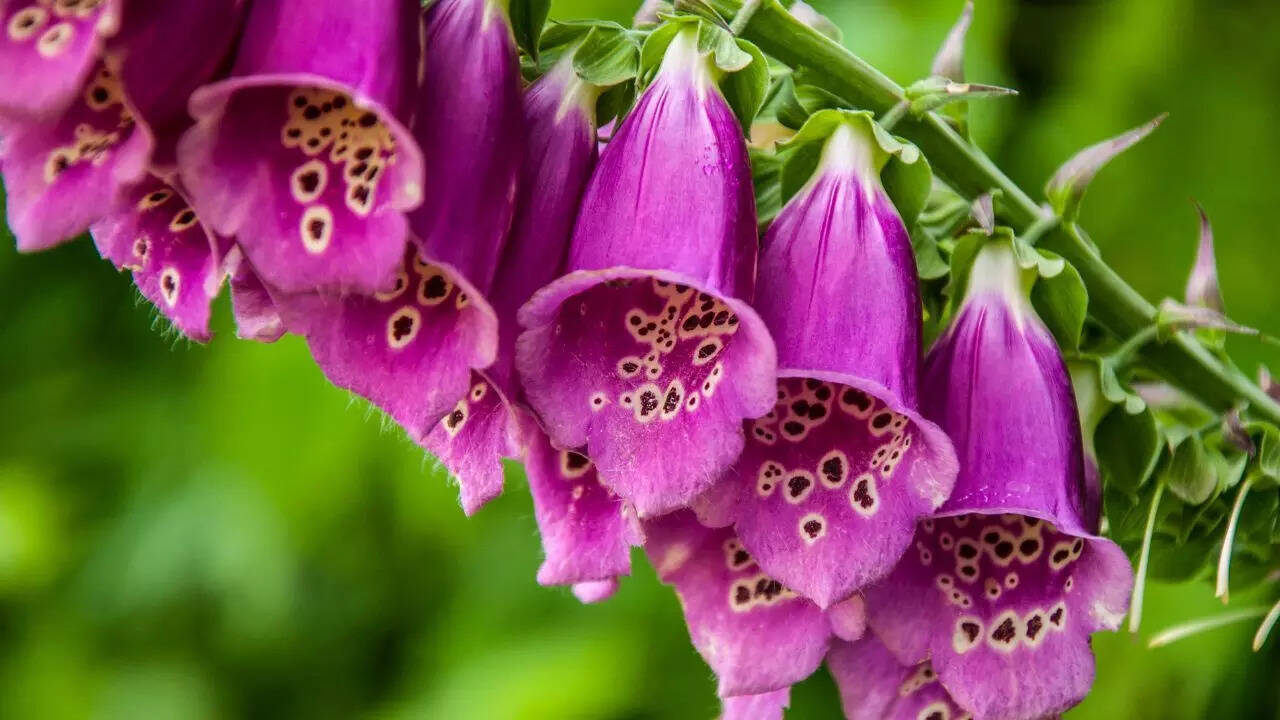
Toxic to dogs and humans, foxglove is a cottage garden favorite known for its tall spikes of tubular blooms. But this beauty hides a dark side: it contains cardiac glycosides, which affect heart function and can be fatal to dogs if ingested. Symptoms of poisoning include vomiting, drooling, irregular heartbeat, and even death.2. Azalea (Rhododendron spp.)
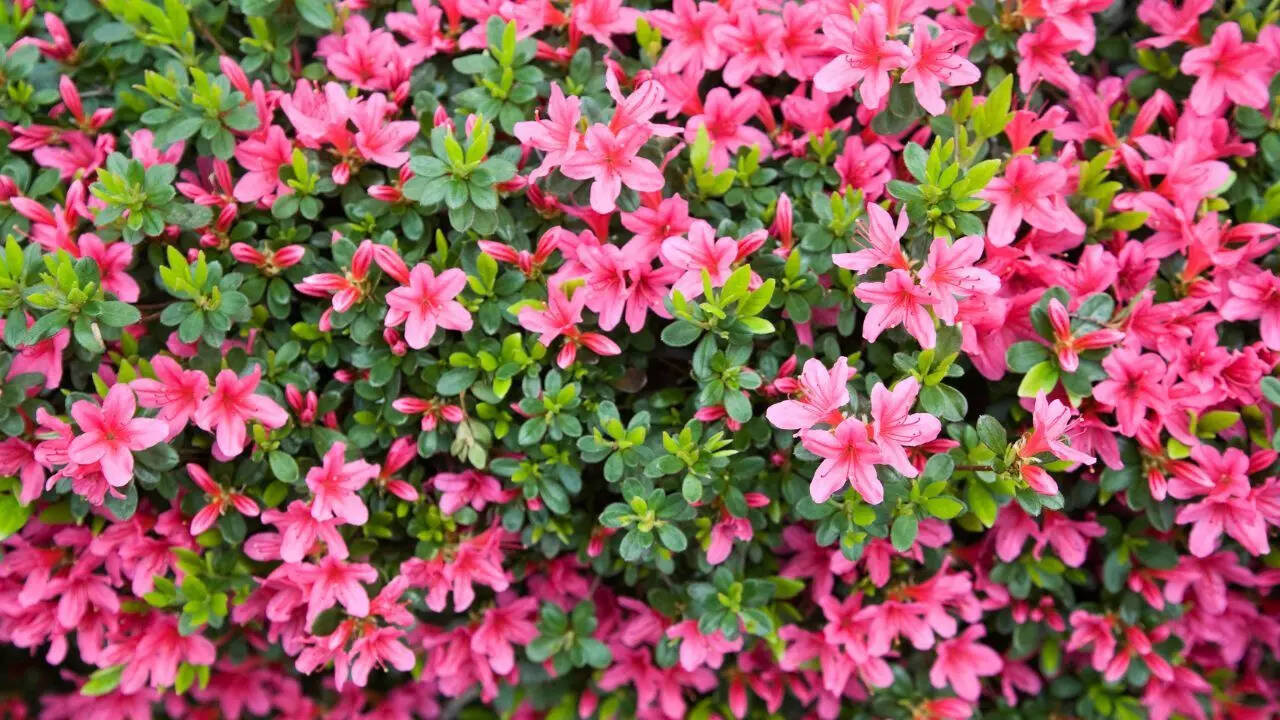
Azaleas, especially common in the Southern US, are admired for their colorful spring blooms. Unfortunately, they contain grayanotoxins, which interfere with muscle and nerve function. Even a few leaves can cause drooling, vomiting, and potentially fatal heart complications in dogs.3. Rhododendron
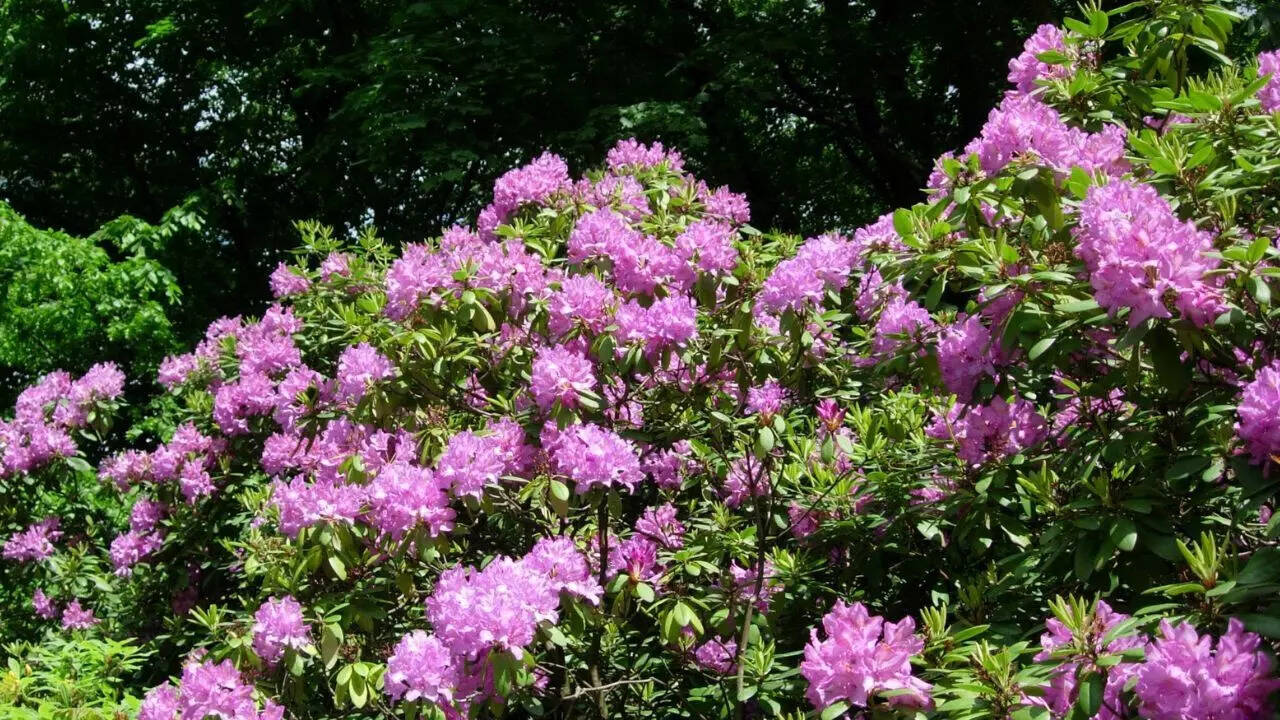
Closely related to azaleas, rhododendrons carry the same toxic compounds. They can cause severe health issues if ingested by dogs, including weakness, confusion, and digestive distress. Large rhododendrons can drop leaves or petals into the yard, increasing the risk for curious pets.4. Sago Palm (Cycas revoluta)
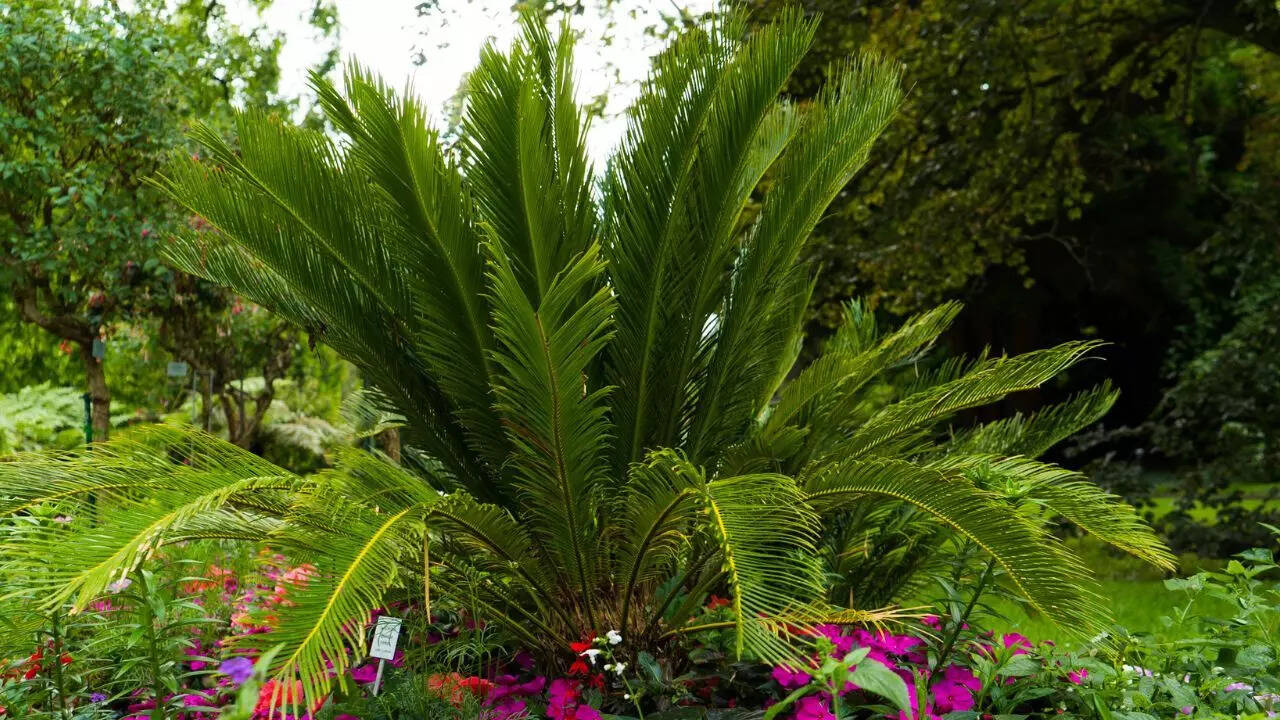
Despite its tropical appearance, the sago palm is one of the most dangerous plants for dogs. Every part of it, especially the seeds (or “nuts”), contains cycasin, a toxin that can cause liver failure in dogs, even in small amounts.5. Oleander (Nerium oleander)
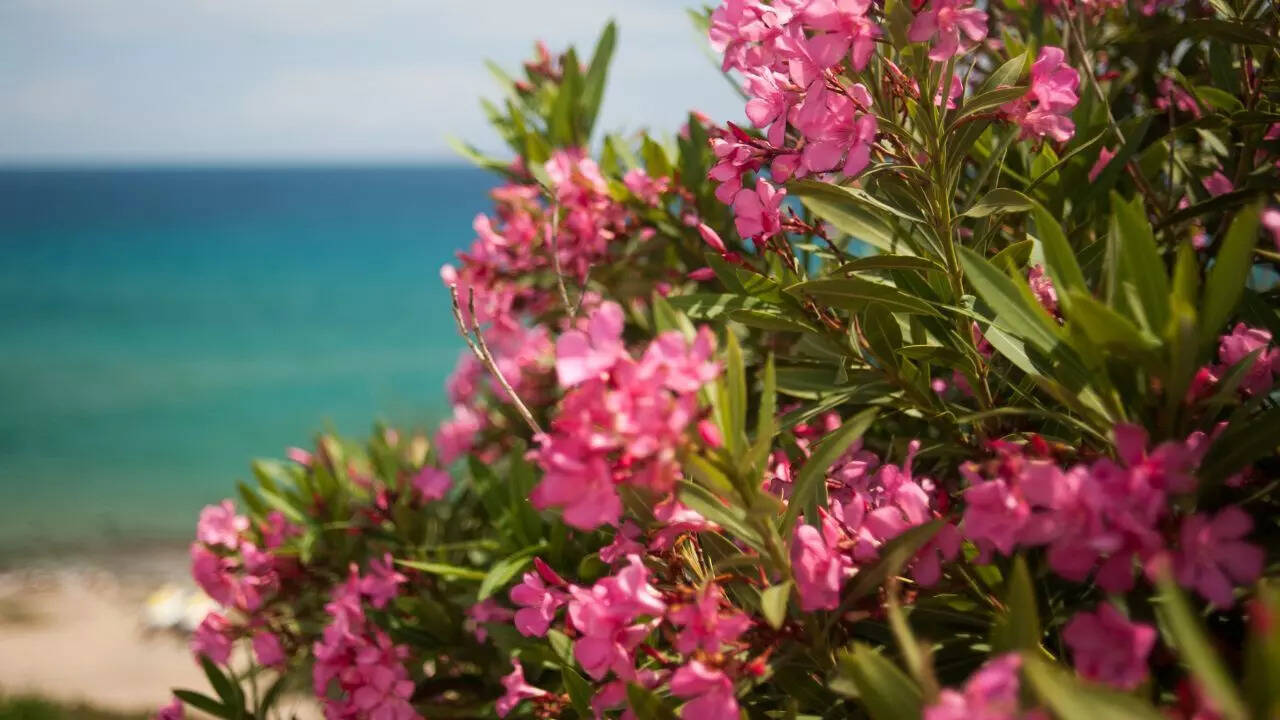
Oleander might dazzle with its fragrant pink or white flowers, but it’s extremely toxic to both dogs and humans. Ingesting even one leaf can cause heart arrhythmias, vomiting, and potentially fatal reactions in pets.6. Onions (Allium cepa)
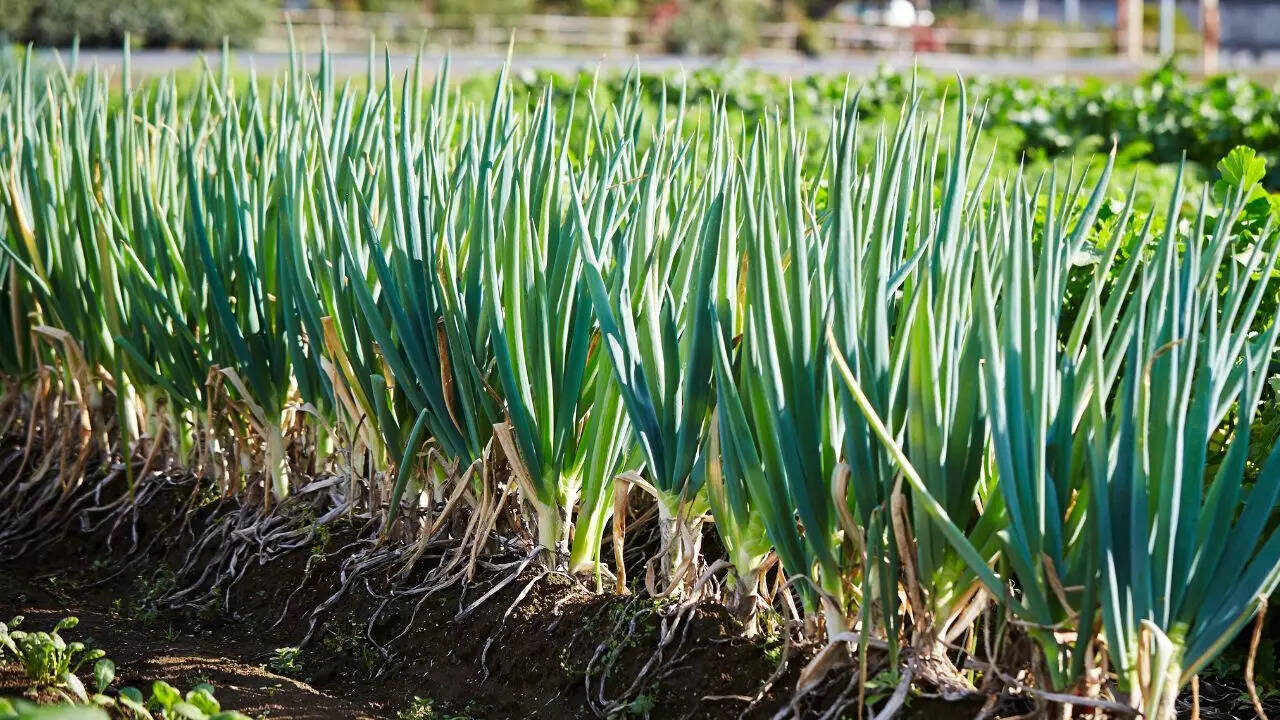
Often overlooked in discussions of plant safety, onions are highly toxic to dogs, whether raw, cooked, or growing in your vegetable garden. They contain compounds that can damage red blood cells, potentially leading to anemia.7. Potatoes (Solanum tuberosum)
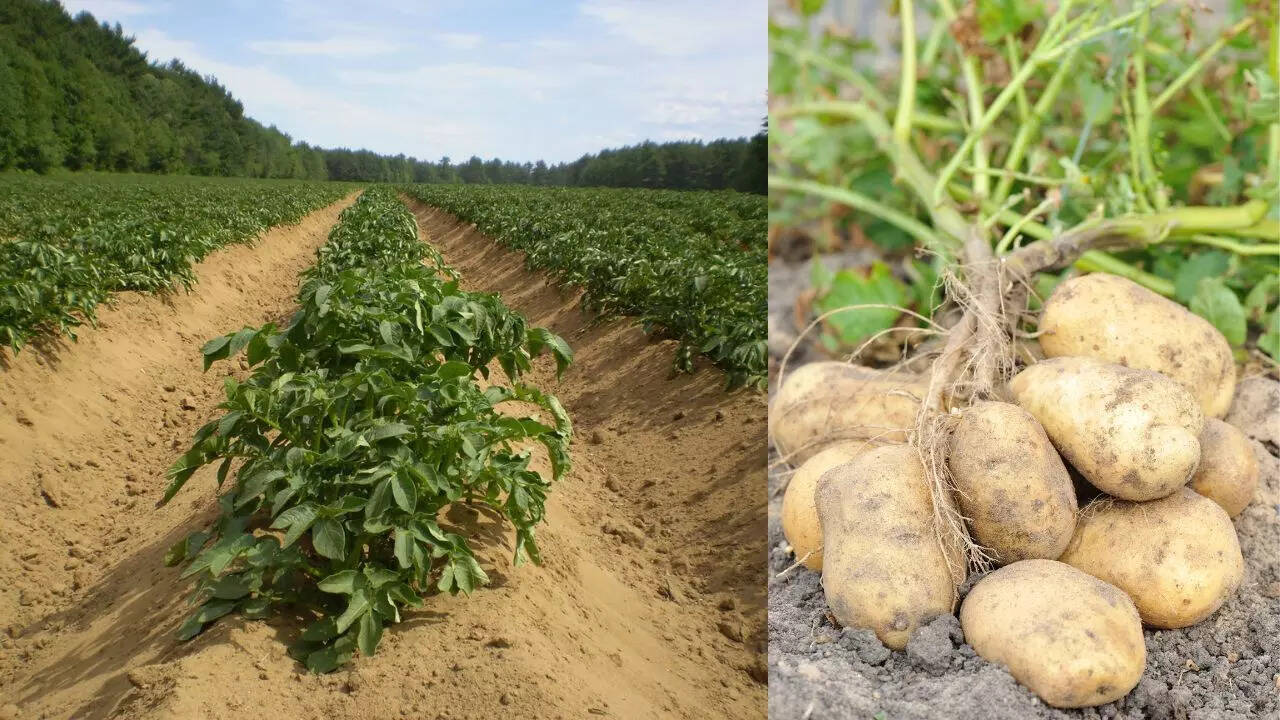
Though commonly grown in backyard gardens, potatoes can be harmful to dogs. The green parts of the plant, stems and leaves, contain solanine, a natural toxin that can cause nausea, seizures, and heart issues in dogs.8. Daffodils (Narcissus spp.)
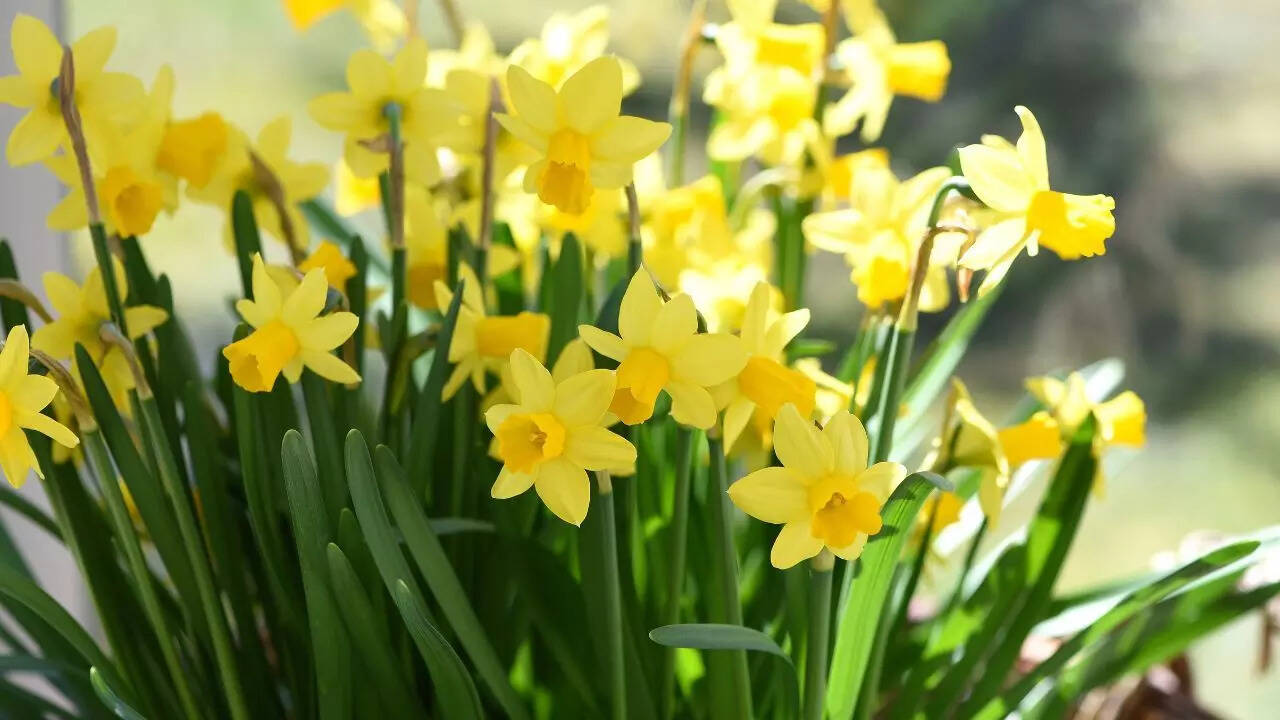
Bright and cheerful, daffodils are one of the first signs of spring, but they’re bad news for dogs. The bulbs are especially toxic, containing lycorine, which can trigger severe vomiting, diarrhea, abdominal pain, and even heart arrhythmias or convulsions if ingested in large quantities.9. Hydrangea
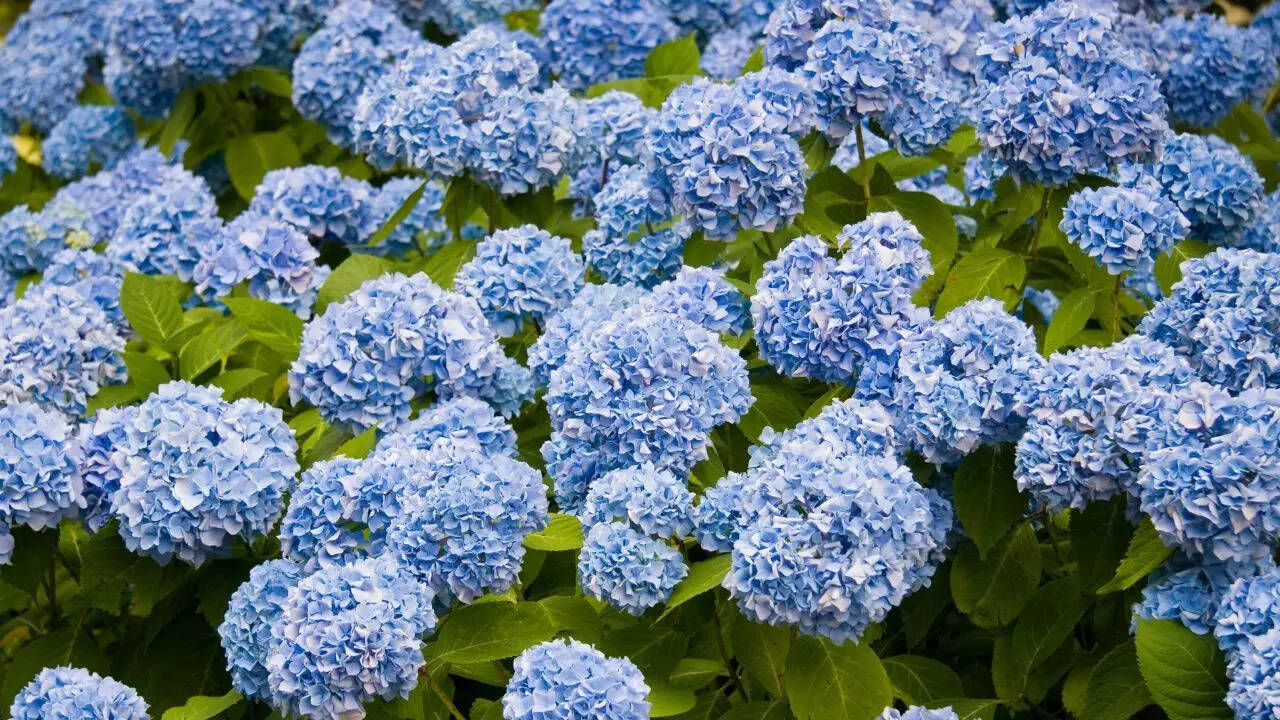
Hydrangeas are a garden staple with their big, colourful blooms, but they contain cyanogenic glycosides, which can break down into cyanide when digested. Dogs who eat hydrangea leaves or flowers may show symptoms like vomiting, lethargy, diarrhea, and confusion.10. Autumn Crocus (Colchicum autumnale)
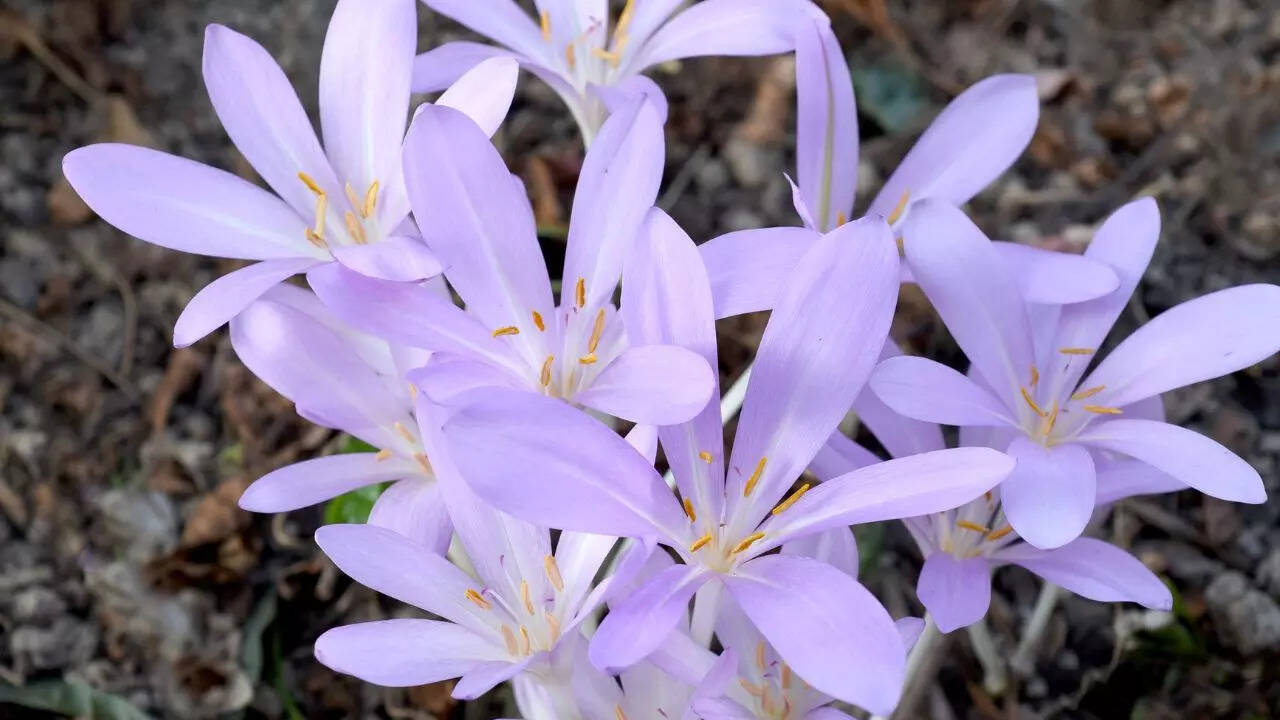
Unlike the common spring crocus, autumn crocus is highly toxic to dogs. It contains colchicine, a compound that can cause intense gastrointestinal symptoms, liver and kidney damage, respiratory failure, and death, often with delayed onset, making it even more dangerous.Also read | Why red light is essential for flowering plants and indoor gardening: Benefits and how to use

